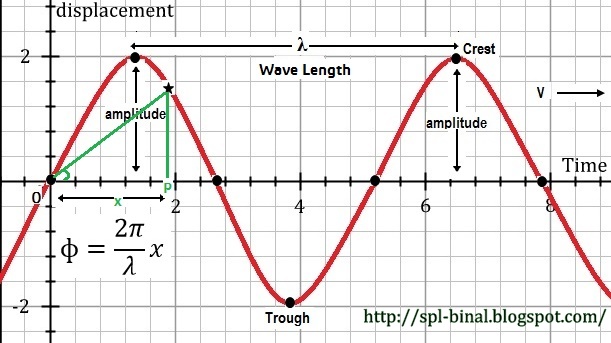That situation is described by newton s second law of motion.
State newton s 2nd law of motion and derive its mathematical expression.
Derivation of conservation of momentum.
In this section we shall learn about the formulation of the second law of motion.
According to the newton s 2 nd law of motion the rate of change of linear momentum of a body is directly proportional to the applied external force and in the direction of force.
F ma or f m v u t or ft mv mu that is when f 0 v u for whatever time t.
With these examples we can conclude that the impact produced by an object depends on its mass and velocity i e its momentum and the time rate at which the change in momentum is occurring.
Consider two colliding particles a and b whose masses are m1 and m2 with initial and final velocities as u 1 and v 1 of a and u 2 and v 2 of b.
In other words the state of motion of a body changes only on application of a net non zero force.
The law of conservation of momentum is an important consequence of newton s third law of motion.
If f ab is a force of body a acting on b and f ba is force by b on body a.
The time of contact between two particles is given as t.
Newton s third law of motion states that every action has equal and opposite reaction.
Newton s second law states that the net force applied on the body is equal to the rate of change in its momentum.
Derive relation f ma from newton 2nd law of motion let us derive the relation of force f ma from newton s second law.
Newton s first law states that a body stays at rest if it is at rest and moves with a constant velocity unit if a net force is applied on it.
The mathematical expression is given by.
The second law of motion is used to validate this phenomenon.
For a constant mass force equals.
Newton s laws of motion are three physical laws that together laid the foundation for classical mechanics they describe the relationship between a body and the forces acting upon it and its motion in response to those forces.

